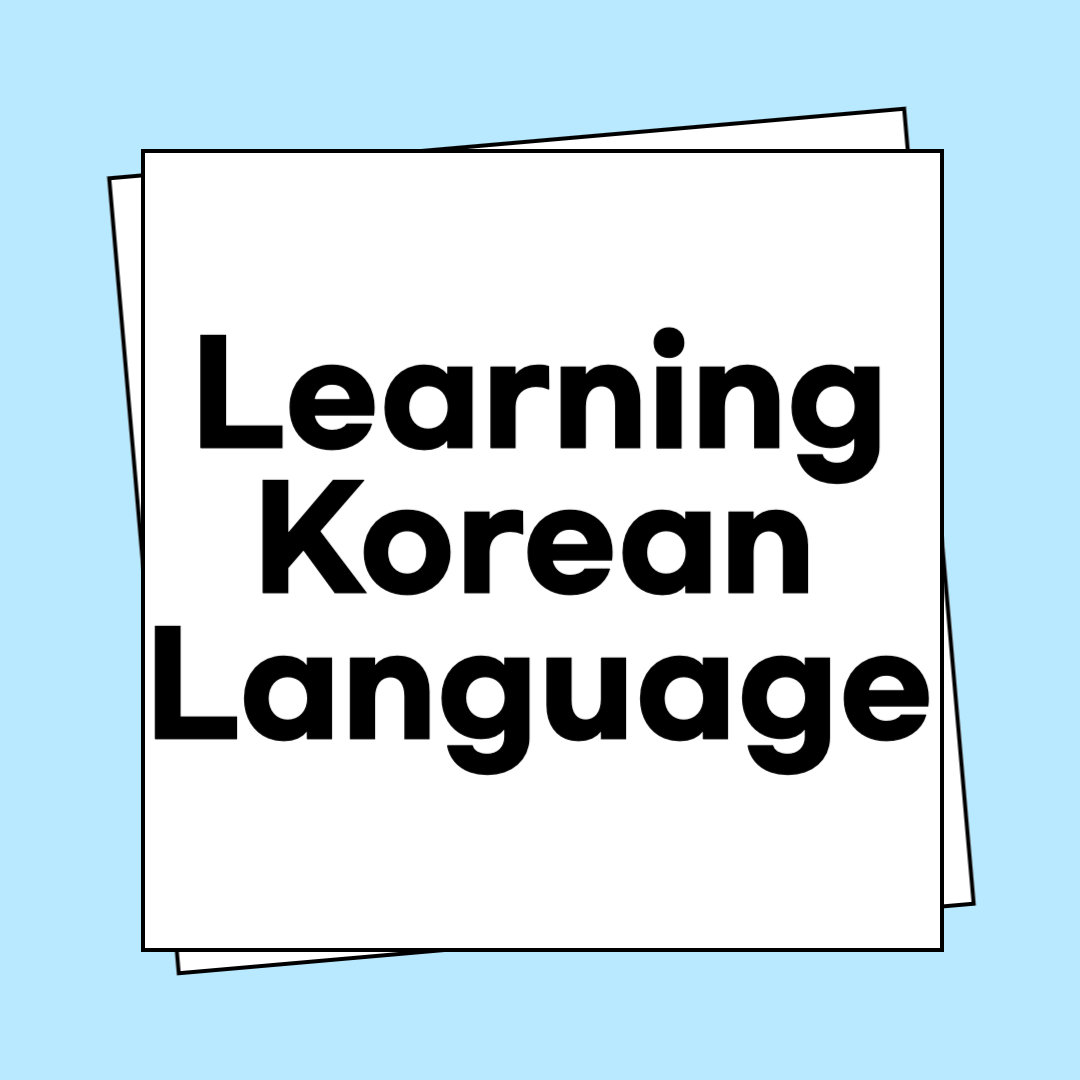The Korean language alphabet, known as Hangeul, is a logical and easy-to-learn writing system designed to make Korean accessible to everyone.
Whether you’re diving into Korean culture through K-pop or planning a trip to Korea, learning the Korean alphabet is your first step. This guide offers detailed explanations and examples to get you started.
The Korean Language Alphabet: A Historical Overview
The Korean language alphabet was created in 1443 by King Sejong the Great during the Joseon Dynasty. Before its creation, Koreans relied on Chinese characters, which were complex and inaccessible to the average person. King Sejong developed Hangeul to promote literacy and inclusivity.
Key Features of the Korean Language Alphabet:
- 14 consonants and 10 vowels designed to mimic the sounds of speech.
- A scientific structure: letters are based on the shapes of the mouth and tongue when pronouncing them.
The alphabet was initially called Hunminjeongeum, meaning “the correct sounds for the instruction of the people.”
Learning the Korean Language Alphabet: A Detailed Guide
1. Understanding Korean Consonants
The Korean alphabet includes 14 basic consonants, each representing a unique sound. These consonants are crafted to mimic the shape of the speech organs when pronounced.
Examples of Consonants and Their Sounds:
- ㄱ (giyeok): Sounds like “g” in “gold.”
- Example word: 가방 (gabang) = bag.
- ㄴ (nieun): Sounds like “n” in “no.”
- Example word: 나무 (namu) = tree.
- ㅂ (bieup): Sounds like “b” in “bird.”
- Example word: 바다 (bada) = sea.
Practice Tip: Write each consonant multiple times while saying its sound out loud. Pair it with vowels to see how it forms syllables (e.g., ㄱ + ㅏ = 가 [ga]).
2. Mastering Korean Vowels
The Korean alphabet includes 10 basic vowels, built from simple strokes that symbolize fundamental elements of the universe.
Key Vowels and How They Sound:
- ㅏ (a): Sounds like “ah” in “father.”
- Example word: 사과 (sagwa) = apple.
- ㅗ (o): Sounds like “oh” in “so.”
- Example word: 고양이 (goyangi) = cat.
- ㅜ (u): Sounds like “oo” in “moon.”
- Example word: 우유 (uyu) = milk.
Practice Tip: Focus on the vowel shapes and practice saying them individually before combining them with consonants.
3. Combining Consonants and Vowels
In the Korean language, consonants and vowels combine to form syllables. Each syllable block can include one consonant and one vowel or one consonant, one vowel, and an additional consonant.
Structure of a Korean Syllable:
- Consonant + Vowel (C + V):
- Example: 가 (ga) = ㄱ (g) + ㅏ (a).
- Word: 가족 (gajok) = family.
- Consonant + Vowel + Consonant (C + V + C):
- Example: 강 (gang) = ㄱ (g) + ㅏ (a) + ㅇ (ng).
- Word: 강아지 (gangaji) = puppy.
Practice Activity: Write out simple syllables and words like 나 (na), 바 (ba), and 사랑 (sarang) (love). Read them aloud to reinforce your understanding.
4. Reading Simple Words in the Korean Language
Once you understand how consonants and vowels form syllables, start reading simple Korean words. Focus on familiar or frequently used words to build confidence.
Examples of Beginner-Friendly Words:
- 한국 (Hanguk): Korea.
- Breakdown: 한 (han) = ㅎ (h) + ㅏ (a) + ㄴ (n), 국 (guk) = ㄱ (g) + ㅜ (u) + ㄱ (k).
- 밥 (bap): Rice.
- Breakdown: ㅂ (b) + ㅏ (a) + ㅂ (p).
- 눈 (nun): Eye or snow (context determines meaning).
- Breakdown: ㄴ (n) + ㅜ (u) + ㄴ (n).
Practice Tip: Start with Korean menus, street signs, or simple K-pop lyrics to enhance recognition skills.
Why Learning the Korean Language Alphabet is Essential
Mastering the Korean alphabet is more than just learning letters—it’s your gateway to engaging with a rich culture, understanding K-dramas and songs, and even navigating Korean cities with ease. Best of all, you can start reading and writing Korean in just a few hours of practice!
Embark on your journey today, and unlock the vibrant world of the Korean language and culture.
Frequently Asked Questions (FAQs)
Learning the Korean alphabet (Hangeul) can take as little as 2-4 hours for most beginners. With consistent practice, you can start reading simple words on the same day!
The Korean alphabet is considered one of the easiest writing systems to learn, but mastering the language depends on your goals. Grammar and pronunciation may take time, but regular practice makes it manageable.
Absolutely! With free resources like YouTube tutorials, mobile apps, and language exchange platforms, you can effectively self-learn Korean at your own pace.









